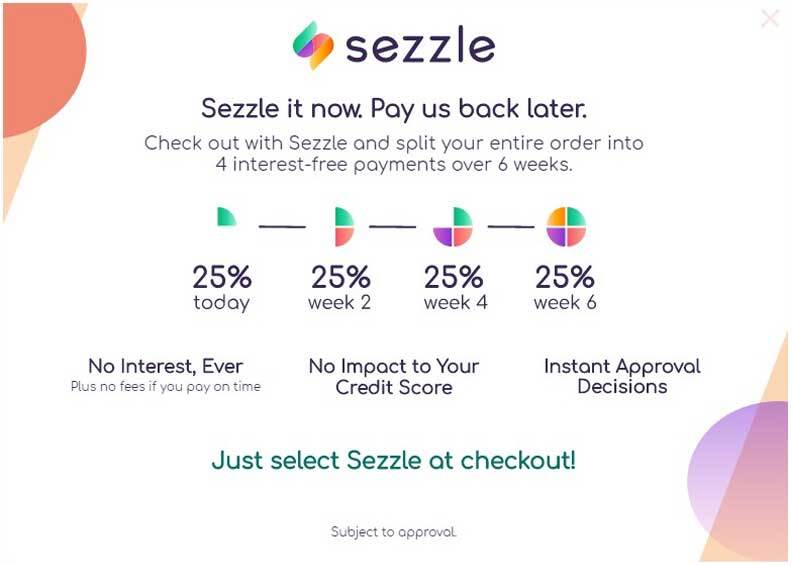Description
PerioGard (chlorhexidine gluconate oral rinse USP, 0.12%) is an oral rinse prescribed to treat gingivitis.
PerioGard is a blue liquid that comes in 16-ounce (473 mL) amber plastic bottles.
| Fact Table |
| Formula |
C22H30Cl2N10 |
| License |
US FDA |
| Bioavailability |
Poorly absorbed through oral mucosa |
| Legal status |
Prescription only (Rx) |
| Chemical Name |
1,1'-Hexamethylene-bis(5-(p-chlorophenyl)biguanide) di-D-gluconate |
| Elimination half-life |
10 hours (plasma) |
| Dosage (Strength) |
0.12% solution |
| Pregnancy |
Consult a doctor |
| Brands |
Periogard, Peridex, Hibiclens |
| Protein binding |
~87% |
| PubChem CID |
9552076 |
| MedlinePlus |
a682947 |
| ChEBI |
CHEBI:3614 |
| ATC code |
A01AB03 |
| DrugBank |
DB00878 |
| KEGG |
D03772 |
| Routes of administration |
Oral rinse |
Directions
Use PerioGard oral rinse as directed by your dentist. The recommended dose is to swish 15 mL in the mouth two times a day for 30 seconds, then spit it out.
Keep PerioGard stored between 20°C and 25°C (68°F and 77°F) and out of children’s reach.
For additional product use information, refer to the medication guide that comes with PerioGard.
If you have any questions or concerns, do not hesitate to reach out to your dentist.
Ingredients
The active ingredient in PerioGard is chlorhexidine gluconate.
The base includes water, propylene glycol, glycerin, sorbitol, polyoxyl 40 hydrogenated castor oil, flavor, cetylpyridinium chloride, and FD&C blue no. 1.
Contraindications
Patients with an allergy to chlorhexidine gluconate or to any of the other ingredients in PerioGard oral rinse should not use it.
Cautions
- Before you begin using PerioGard, talk to your dentist about:
- All the prescription and over-the-counter medications you take
- Any mouthwashes you use
- Your allergies
- Your current health problems and past medical history
- Your pregnancy or breastfeeding status
- PerioGard contains the following warnings and precautions:
- PerioGard’s effects on periodontitis are unknown
- It is unknown whether chlorhexidine gluconate causes an increase of subgingival calculus; calculus deposits should be removed at least every 6 months via dental prophylaxis
- Serious allergic reactions, including anaphylaxis, can occur
- PerioGard can stain teeth and other oral surfaces, restorations, and the tongue, which can be removed from most tooth surfaces via dental prophylaxis; however, staining can be permanent. Patients should not use PerioGard if staining is not acceptable
- Altered taste can occur
Side Effects
Staining of the teeth and other oral surfaces, increased calculus formation, and altered taste are common PerioGard side effects. Other side effects may also occur.
Immediately notify your dentist or doctor of any side effects that bother you or won’t go away.
You can buy PerioGard right here!
Reference
PerioGard. New York, NY: Colgate Oral Pharmaceuticals, Inc.; 2019.
About Dr. Savannah Muncy (Page Author)
Dr. Muncy (PharmD) studied science and education as an undergraduate before attending the Appalachian College of Pharmacy where she completed her PharmD in three years. She is currently using her pharmacy and healthcare expertise to write medical content for clients all around the world. She is focused on delivering the most current, accurate, and engaging information to healthcare professionals and patients. Read More....
IMPORTANT NOTE:
The above information is intended to increase awareness of health information and does not suggest treatment or diagnosis. This information is not a substitute for individual medical attention and should not be construed to indicate that use of the drug is safe, appropriate, or effective for you. See your health care professional for medical advice and treatment.
Product Code : 5399


